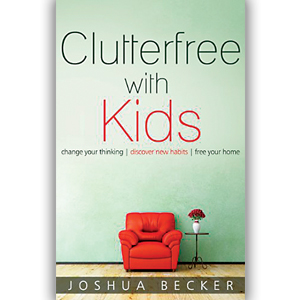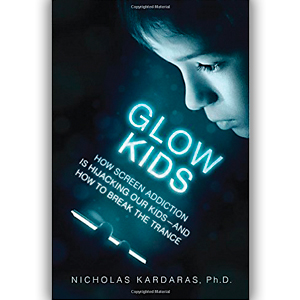Raising Resilient Children: Creating Traditions
At first, loving our children in ways that help them feel special and appreciated, the fourth guidepost in Raising Resilient Children, seemed like an easy one I could skip. With my oldest daughter in school, I have many opportunities to spend quality time with my younger daughter, especially now that I’m letting calls go directly to the answering machine. And with Lily still napping it means I get special time with just Annabelle on the weekend. But when I started reading chapter five, I realized I still had some work to do.
I got hung up on step two: create traditions. While the girls and I have nightly bedtime stories, I couldn’t think of a weekly or monthly tradition we engaged in. According to Brooks and Goldstein, “when we designate these moments as special, we convey the message to our children that they are important to us and that we enjoy having uninterrupted time to spend with them.”
One of the things the authors suggest is to let your childhood be your guide. Growing up, our family tradition was Pizza Night. What started during Lent as a way to avoid meat on Fridays turned into family staple. And my parents, without knowing it, followed the authors’ instructions to the letter. They made every effort to adhere to this schedule. One time my younger brother had the misfortune of returning from a semester abroad in Australia on a Friday so while he longed for my mom’s homemade chicken parmesan it would have to wait until Saturday.
Pizza night never really took off at our house. I haven’t falled in love with a local pizza place; my husband, not being Italian, gets tired of pizza; and my youngest only eats the crust. So I’ve been wracking my brain for a tradition these past few weeks and feeling like the worst mother ever.
And then this past weekend, I pulled out the art supplies for me and the girls. Sometimes we scrapbook together, but usually they make their own masterpieces for the fridge. We work together because I once read that it’s important to create along side kids, not only because you serve as a model but also because if parents aren’t consumed with their own artwork they interfere with their child’s, putting in their two cents when it comes to color combinations or the amount of glitter glue. I also think it makes it easier to avoid a mistake Brooks and Goldstein say parents often make. “We correct rather than teach,” which means we chip away at our children’s self-esteem. (The fact that I get to catch up on my scrapbooks, which are now over a year behind, is purely coincidental.)
While I was digging for the Tinkerbell stamps at Lily’s request, I realized this was our weekly tradition. Granted, it’s not always at exactly the same time or place, but it happens almost every weekend. I told myself it counted and felt relieved that I had a time when I built “solid relationships”. The girls and I sang along to the Dixie Chicks while we worked. For about an hour, I thought maybe I wasn’t the worst mother after all.
Then, I caught the girls spitting into their hands to get the ink off instead of walking to the bathroom to clean up and the moment was lost. Everything I’d read in Raising Resilient Children about talking to your kids the way you wished people would talk to you escaped me. I guess that’s the good thing about a tradition. If you’re learning from your mistakes, like Brooks and Goldstein urge you to do, then you always have a chance to prove yourself again next week.






